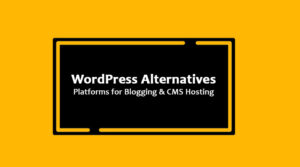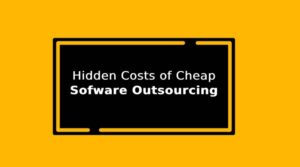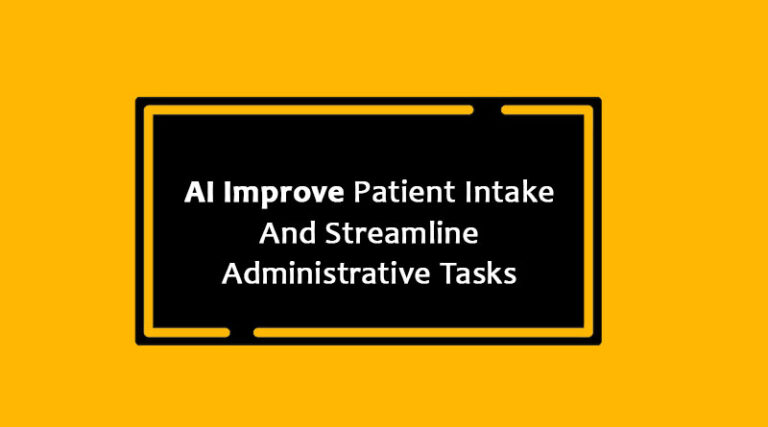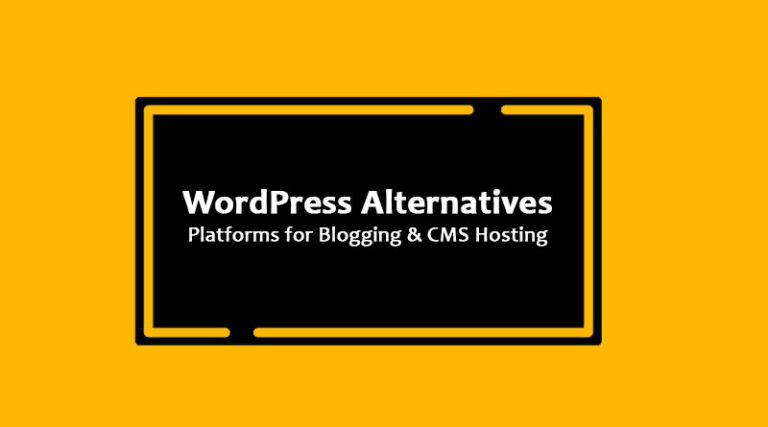Third-party cookies will phase out in 2025. It is one of the biggest challenges digital marketing experts are facing. Along with this issue, they find it extremely difficult to measure their PPC campaigns.
Without cookies, tracking will become complicated too. PPC agencies in Dubai should ask their clients to clearly define their goals, how they wish to monitor them, and the privacy of their customers.
Additionally, modeling becomes more of a method to estimate conversions in ad campaigns.
Table of Contents
What Are PPC Measurement Methods Available Now?
A big part of your PPC measurement strategy revolves around some third-party cookies. In 2025, you will not find an easy one-for-one method to replace your third-party cookies.
Therefore, creating a new PPC measurement framework is crucial. You might need to use many tracking methods to gain information similar to your current data sets.
First-party Information Method
In the upcoming years, your first-party data will be the center of your pay-per-click measurement and audience management. It refers to monitoring the performance of the PPC campaign within your analytics or/and CRM (client relationship management) platform.
Remember that your third-party cookies will not offer a feasible solution to develop PPC remarketing audiences. PPC agency should have first-party user data to build new user bases.
A contact number and email address are the two common qualities of the user base. If you have more data points on a user, you increase the chances of users matching back a Microsoft/Google account.
Having more data points will enable you to identify consumers for targeting, excluding, or making similar user bases. It is super important, and you should start it today.
You don’t need to worry. We will take you through four aspects responsible for simple and accurate measurements while keeping user privacy the most important thing. And you can measure more aspects with less information available.
Create the Right Goals
You should have good aims for your pay-per-click advertising and marketing services Firstly, you can achieve your marketing objectives if you clearly define them. Also, Google systems will be able to provide results most effectively.
Once you are clear on what you want to achieve as your advertising goals, you can jump to the next issue. Next, you should identify how PPC measurement helps you meet those objectives.
Use Long-Lasting PPC Measurement Methods
Remember world keeps changing with time, so always go for PPC measurement solutions that will remain valid even after many years. With new rules like GDPR, we are restricted on how to gather and use data.
Moreover, consumers now want more control and transparency regarding their online data. They ask questions like why they need to fill in their personal information. Platforms are also influencing the usual information collection.
Mozilla Firefox and Safari have already said goodbye to third-party cookies by default, making measuring PPC goals in your campaigns more difficult.
Start Using Modeling
The industry’s capability to link conversations to ads will keep decreasing. A digital marketing agency in Dubai needs modeling to maintain the complete picture of ad campaign performance.
Digital marketers who haven’t adopted complete modeling will not be able to see the impact. A segment of the conversions documented already comprises modeled ones.
We should not forget that ITP/ETP and regulations are excluded. Thus, businesses are not fully reporting and don’t have all the indicators in place for optimization.
The question arises. how you can solve this issue?
Make customers your priority, protect their information, adhere to the data guidelines, and create a durable internet marketing base for 1P data.
Also Check: Different Types of Digital Marketing
Use Experiments and Attribution
Calibrate with attribution and experiments to know if you are accomplishing your brand’s goals. Quick learners win in this highly competitive and ever-changing business world.
You can learn faster in two ways — by allocating due credit to events in the buyer journey and experimenting to evaluate the causal effect of ad campaigns. Google ads attribution and GA4 are examples of attributions and geo experiments, and search lift is an instance of experiments.
Google has released its latest and advanced DDA version of GA4 for the “1% launch”. Now, marketers can calibrate across both apps, and the web and the conversion and comparison paths are improved.
Bottom Line
Things are going to change. In 2025, the top methods to measure and allocate effectiveness in PPC will transform. Third-party cookies are said to be gone. Businesses need to get prepared for that time.
They should begin rebuilding their PPC measurement framework. The first and most important thing is to clarify your measurement goals by having business goals in place. Formalizing ownership and investing time, energy, and money in long-lasting PPC measurement methods is the second most crucial stepping stone.
Businesses also need to start using models to keep the entire picture of ads’ performance. And they should use experiments and attributions to measure whether they are fulfilling their objectives.




















+ There are no comments
Add yours